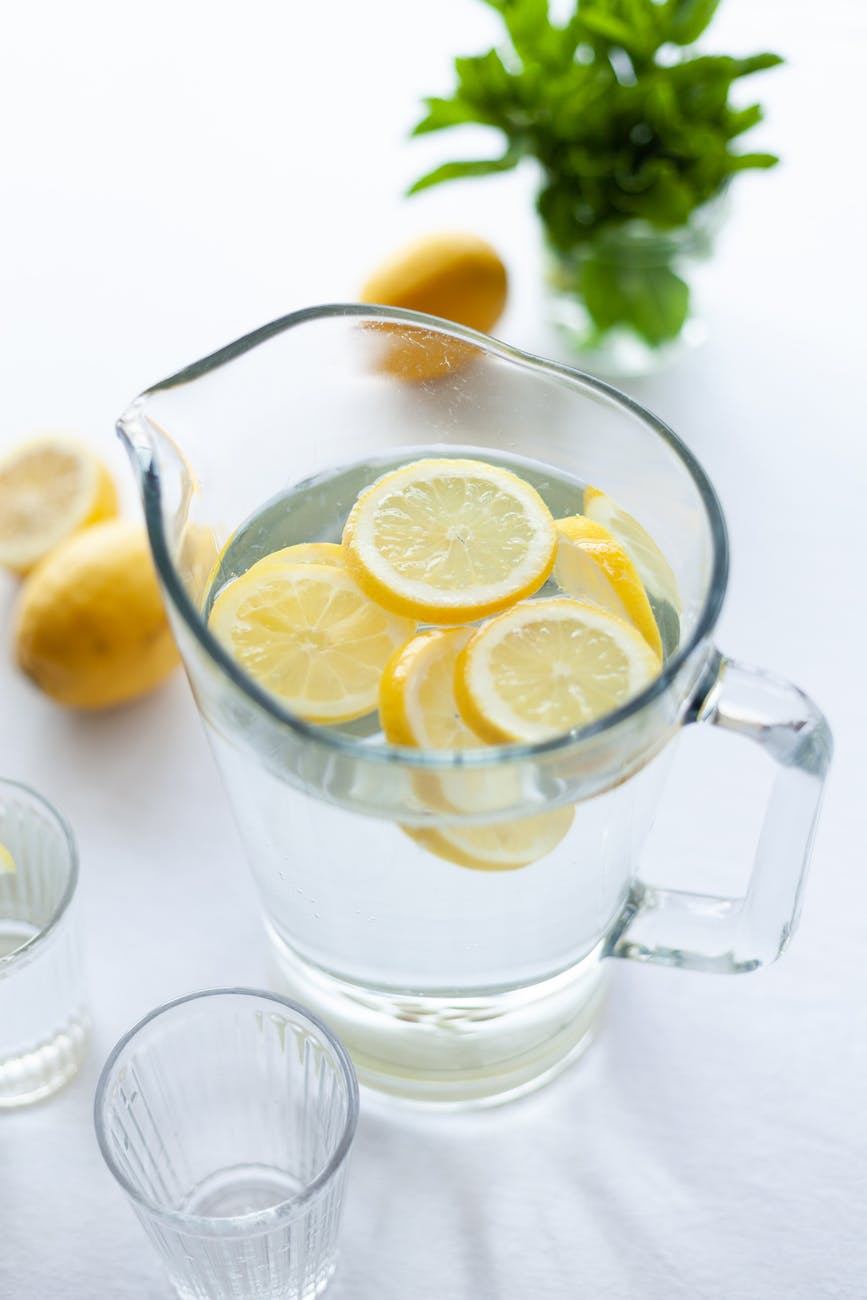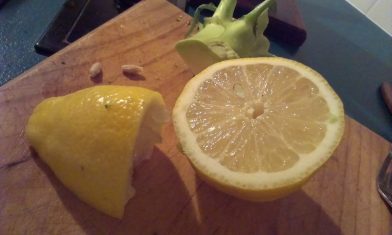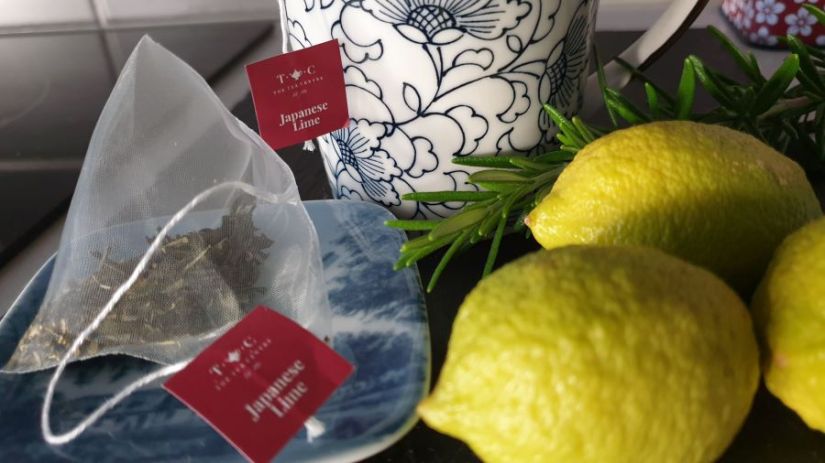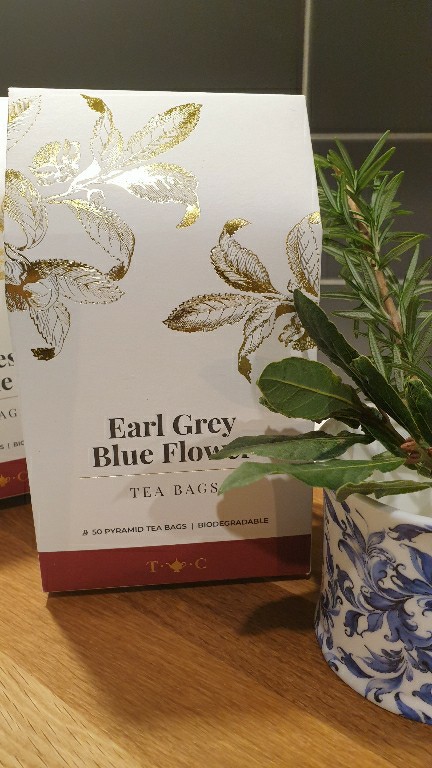I have been offline, for a month or so, on a Japanese adventure.

When an old friend suggested I attend a food tour whilst visiting one of Japan’s largest cities, I didn’t need to accept. Thanks to a family member, who has been to Japan no less than five times, I was treated to a culinary tour of authentic Japanese meals.

Most people are familiar with Udon or Ramen – the main stay foods in Japanese cuisine, with regional variations.
Stir Fry Dishes in Japan

A regular favourite was a stir-fry with Chicken, Lotus Root and Vegetables in Black Vinegar Sauce featuring high in Hiroshima and Tokyo restaurants. I was delighted to enjoy the Lotus Root, for the first time. I liked its satisfying texture and its taste that promised an aubergine-like flavour, minus the alkalinity. Adding to the appeal, I discovered that Black Vinegar Sauce has a variety of benefits – including weight loss!
“the warming nature of black vinegar can help improve overall blood flow and circulation as well as counteract high blood pressure. ….for disinfecting cuts, insect bites or as a skin dressing. Black vinegar has few calories and if you want to lose weight, consume one to three teaspoons of vinegar daily. This vinegar maintains the health of the immune system, is anti-inflammatory, and helps to improve the body’s metabolism. It contains considerably higher amounts of amino acids, polyphenols, trace minerals, and organic acids than other vinegars including balsamic and ACV.” [ww.livestrong.com/article/280498-what-are-the-benefits-of-black-vinegar/]
And lose weight I did – although I am confident that walking over 15 km each day certainly played a key role. One that was potentially more significant than Black Vinegar sauce.
Robot Wait Staff in Japan
Bettybot needed to do perform some hijinks around the lineup at the payment counter at the front of the store, to avoid clashing with the queue of customers. Amusing to watch… arigato gozaimashita, her only response.
The real adventure in Japanese cuisine is not always found in a restaurant, where your meal may be served to you by a robot, but on the street with a plethora of food choices, small family businesses with just a handful of chairs, and also, surprisingly, in the convenience stores [gasp].

Japanese Convenience Store Food
The food in the convenience stores – i.e. Lawson, Family Mart, Seven-11 and Seicomart, is ridiculously above average. The range, quality, freshness and price stand-out from the crowd. From sandwiches to Sashimi, from Ramen eggs to ice cream or pancakes, the convenience stores have it all, even alcoholic drinks.
The stores also offer foreigner-friendly ATMs, public toilets, free charging points, and somewhere to sit and eat – (which is not so easy to find with a massive population and extremely limited street seating/green spaces). Plus, culturally it is considered rude to eat while you are walking around the streets. In this case seek out one of the convenience stores, (such as Hot Chef in Hokkaido), that stock free wet wipes and hot water plus a range of tasty, very fresh affordable food.
I will talk more about Convenience food in another post. [There is lots to discuss].
But first, the iconic Japanese food – Ramen
Ramen

It is the soup broth that the Ramen soaks in that makes the Japanese ramen so tasty. Each restaurant and region has this individual way of making it and is essentially the store’s brand. Its a long process over several days to create the unique combination of pork, vegetables and seasonings that go into the soup.

It is truly delicious and you can watch the chefs prepare your meals. This is Ippudo, the Ramen from there is reputed to be the best. This Ramen restaurant is in Susukino Ramen Alley. We had to arrive early to secure a chair.

Ramen Eggs
These come complimentary with certain meals. The eggs are marinated in soy sauce. A tip – ordering a soft poached egg as a side dish in a restaurant does not mean it will be hot. More likely it will be served COLD. I found that challenging to eat.
Besides Ramen, there are other marvellously unique foods I tried that I will talk about in coming posts. They include:
- Takoyaki – Fried Octopus Balls
- King, Snow and Hairy Crab – from Siberian waters
- Red bean Pancakes
- Algae
- Pumpkin ice cream and Sakura (cherry blossom) soft serve
- Unagi – (Freshwater eel)
- Katsuobushi / Bonito flakes
- Gyudon
- Katsugen and Hokkaido dairy
- Mushroom biscuits (cookies)
And for those who are partial to vanilla or Napoleon slices, check this custard pastry variant out:
































:max_bytes(150000):strip_icc():format(webp)/traditional-glogg-recipe-3510987-Step_1-5bae6d5c46e0fb00264b9dee.jpg)



